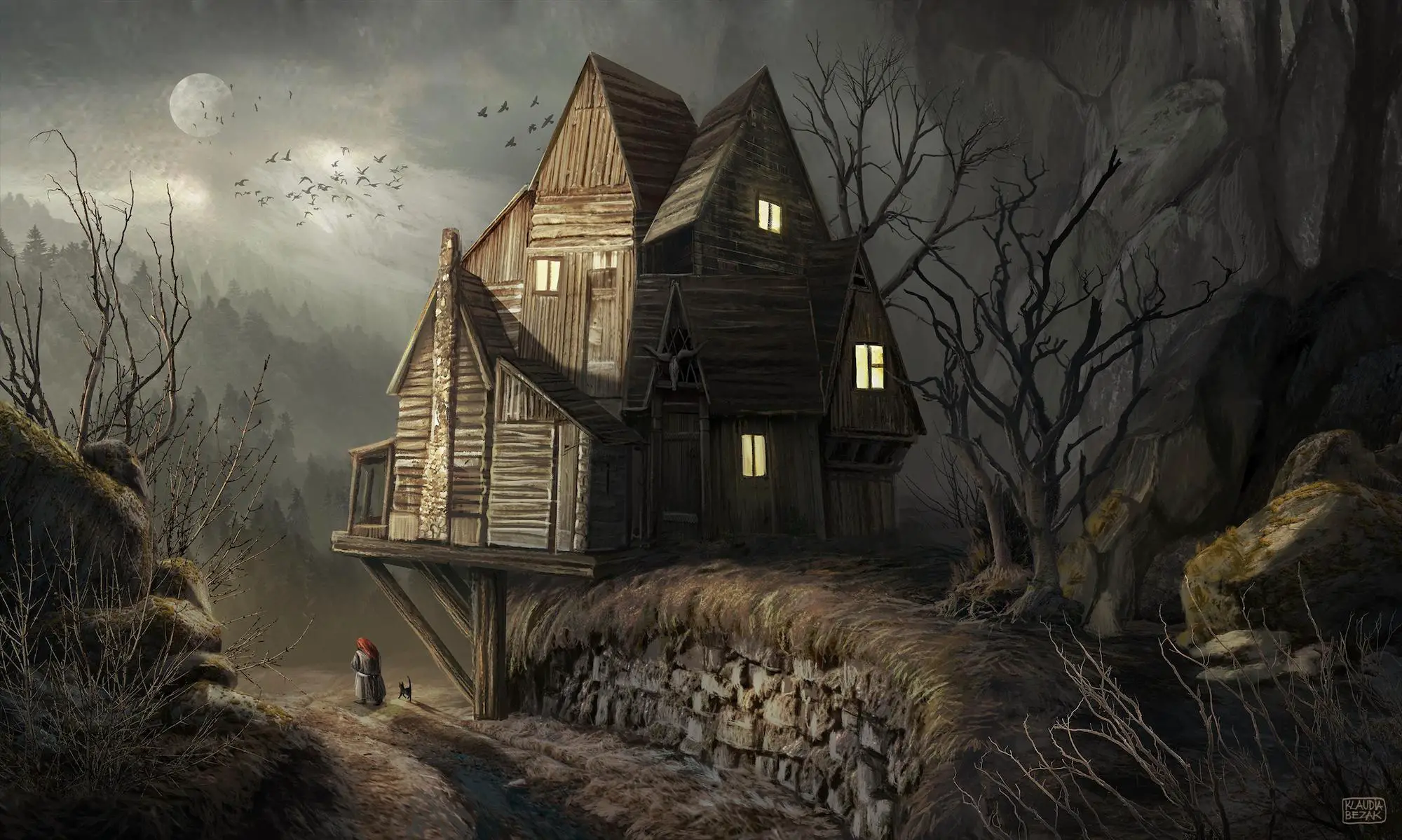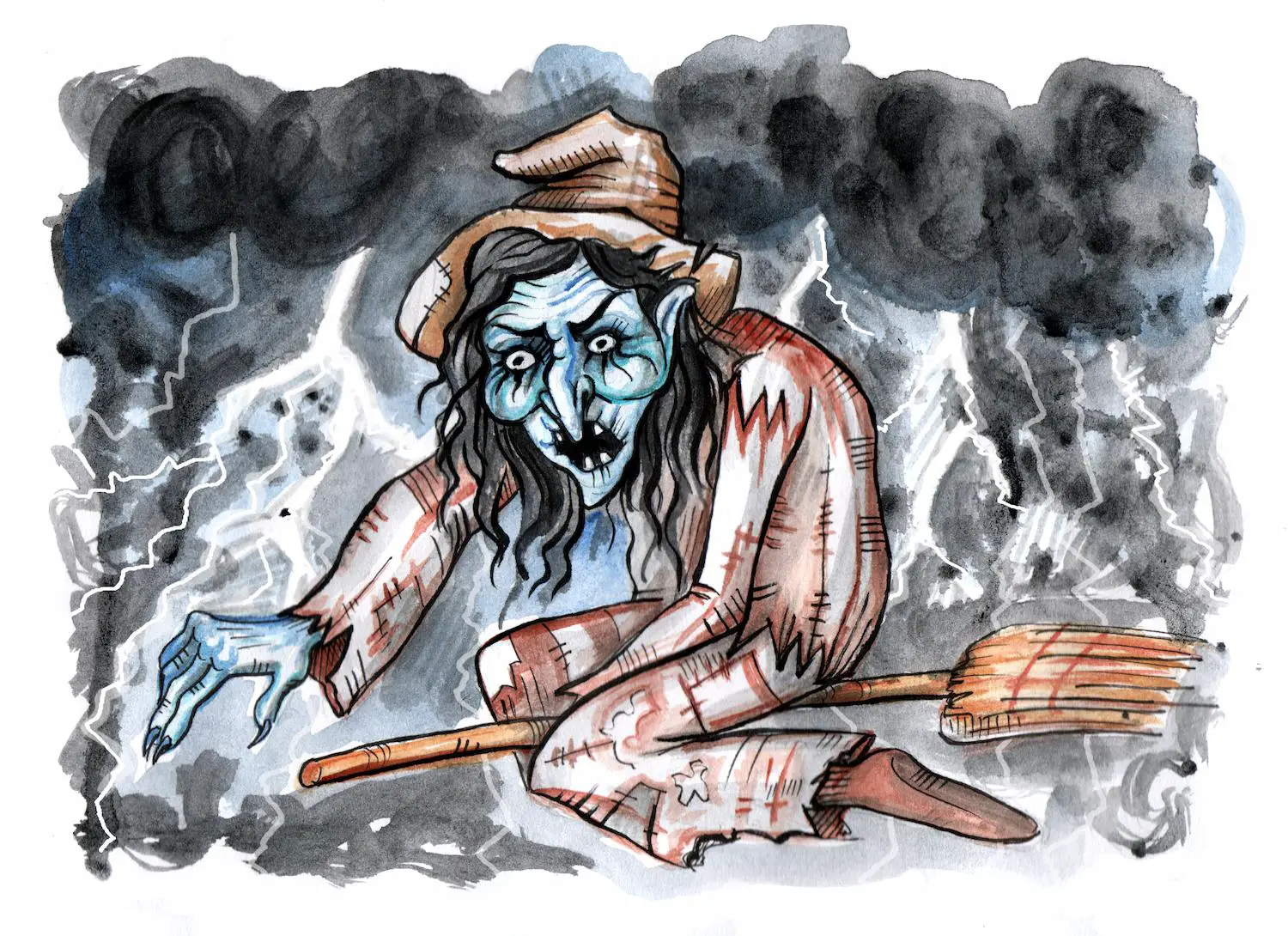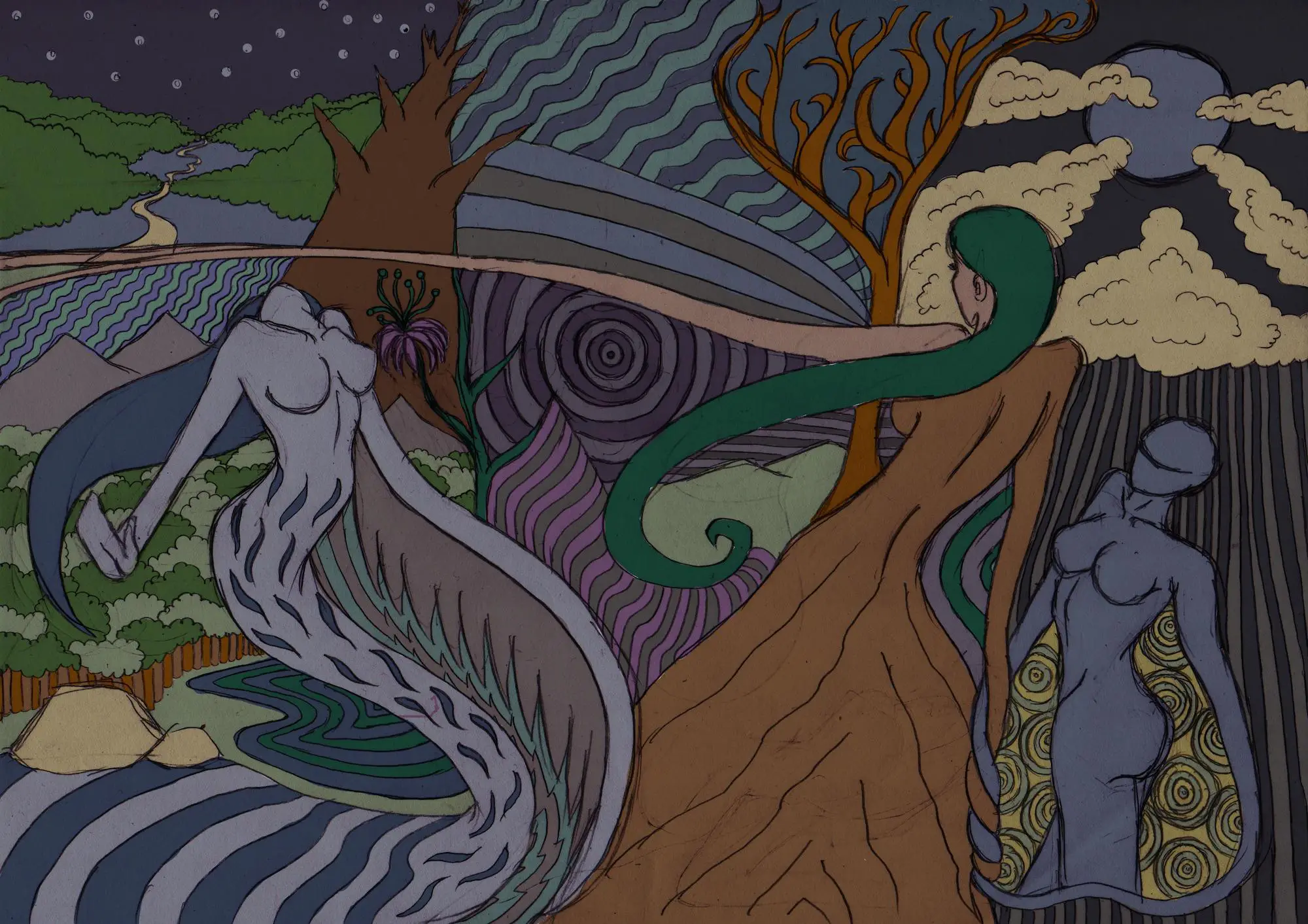Every year in May or mid June, there is a big celebration in Polish rural areas, known as Zielone świątki or Green week. This spring holiday is dedicated to fertility and renewal of nature.
Zielone świątki doesn’t have an exact date, because it is associated with the celebration of Pentecost (or Zesłanie Ducha Świętego in Polish), which is celebrated on a different date every year, depending on the date of Easter.
During Green week, people gather to celebrate the arrival of summer that brings new life to their homes, cattle, and crops.
In this article, you will read more about the celebration of Zielone świątki, its pagan roots, and the meaning it has in contemporary Polish culture.
Table of Contents
Zielone Świątki: The Pagan and Christian Pentecost
Zielone świątki is an ancient ritual, which lasts for an entire week before Pentecost ( celebrated every year exactly 50 days after Easter). For example, in 2020 it was the week before May 31st, while in 2021 it will be on May 23rd.
The central day of Pentecost is Sunday (the so-called Whitsunday). Since it is a very important religious holiday, the whole week preceding it is filled with festivities. This is the case in many European countries, and especially in Poland [1].
This ritual originated in the old Slavic belief system. Slavs were agrarian people, and their survival depended on the land and cattle. They were very aware of this, which is why they wanted to make sure nothing went wrong.
But how can you do that exactly? With magic, of course!
The Magic of Spring
The celebration of Zielone świątki is full of magical elements. We can tell that from the very name of the festivity. The literal translation of “zielone” is “green”, but the “świątki” part is much more intriguing.
Świątki is an archaic word that indicates sacred sculptures, made out of wood. These sculptures were important pieces of folk art because they represented ancient Slavic gods. They were the objects of worship until Christianity took over.
Once that happened, there had to be a compromise between the old ways and the requirements of the new religion. People were allowed to keep their sculptures but with one exception – from now on, they will represent Jesus Christ and Christian saints.
In any case, during the week in which Zesłanie Ducha Świętego is celebrated, you can see many of these sculptures circling around villages. At some point, they will end up in hollow trees or on crossroads, as according to old beliefs, this is where spirits of nature dwell.
The Customs
The celebration involves many different customs which vary depending on the region. However, what this joyful Polish tradition shares with other similar traditions in the Slavic world is the wide use of birch-tree branches.
Birch-tree is the main magical tool during the Green Week.
Girls make big garlands out of birch-tree branches and put them around their necks or on their loved ones. On one of these days, women decorate doorsteps with flowers and herbs or sweep the floors of their homes with birch-tree branches.
As the triumph of life over winter is celebrated, cows, sheep and the rest of the livestock might also get a birch-tree garland (for good health and fertility).
The celebration of Green Week is a time of dance, good food, and joy. People gather around a huge bonfire in the evening. The light and warmth of flames symbolize the victory of the Sun over the dark forces (and Winter).
The Meaning
According to the contemporary interpretation, Zielone świątki is a constitutive part of the Pentecost celebration.
This is one of the biggest holidays in the Catholic calendar, and a common name for this holiday in Poland is Zesłanie Ducha Świętego (or the descent of the Holy Spirit on the Apostles).
It is important because it venerates the moment when the Holy Church was conceived [2].
However, the meaning of the Zesłanie Ducha Świętego or Pentecost is completely different from the original meaning of Zielone świątki. The preoccupation of the latter is not the history and establishment of the Catholic church, but fertility and spiritual cleansing.
People believe that the birch-tree (the main symbolic and magical tool in this celebration) has the power to disperse bad spirits and bring life, joy, and growth. It is a symbol of procreation, fertility, and the valor of life.
During the entire week preceding the Whitsunday, a feminine demon named Rusalka comes out of the lakes and climbs on the birch-tree. Many elements of the ritual are focused on appeasing this powerful creature.
Another important element of this celebration is the veneration of the dead. The ritual games are focused on remembering them and asking them for help in the upcoming harvest season.
The Bottom Line
Whether or not you believe in Rusalka and other pagan spirits of nature, Zielone świątki is a good time to be in the countryside of Poland. There are a lot of flowers, archaic customs and happy people.
It is fascinating that almost every village in Poland developed a unique way to celebrate this holiday. The creativity of rural people really comes to the fore during this ancient Slavic fertility festival.
This ritual week has many layers of meaning. During centuries of Christianity in Poland, it coexisted with the older traditions. Their contact created great cultural diversity, which makes Poland unique in the Slavic world.
References
- https://www.timeanddate.com/holidays/poland/pentecost-sunday
- https://blogs.transparent.com/polish/zielone-swiatki-whit-sundaypentecost/













